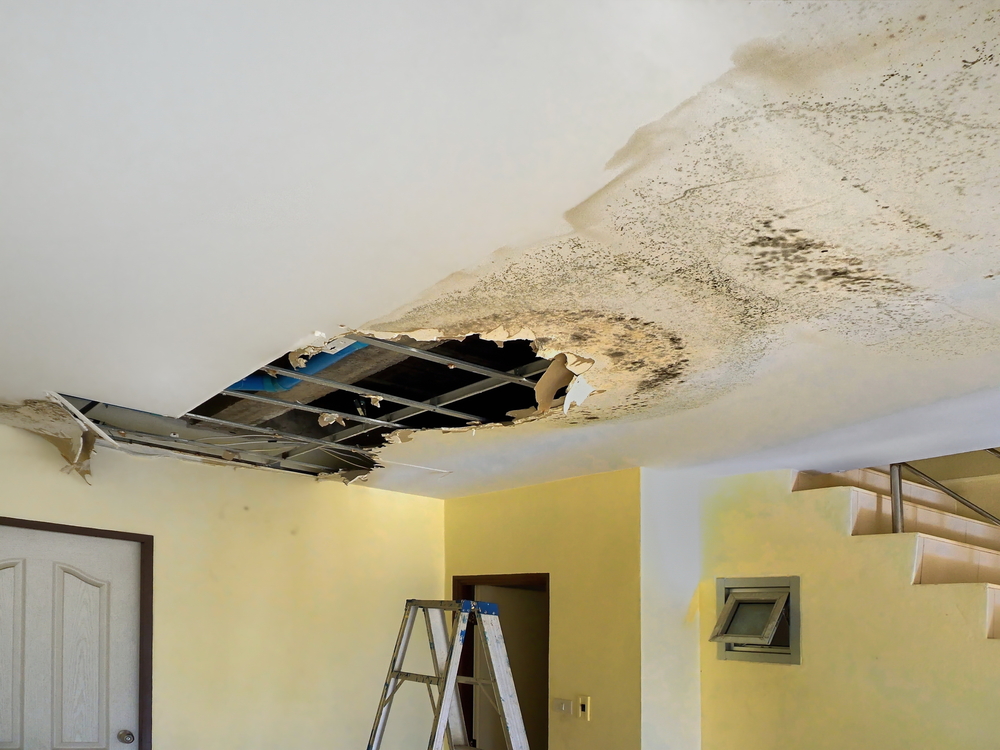Are you currently trying to find resources concerning Locating water leaks?

Early detection of dripping water lines can minimize a potential calamity. Some little water leakages might not be visible.
1. Check Out the Water Meter
Every residence has a water meter. Inspecting it is a proven way that assists you uncover leakages. For beginners, shut off all the water resources. Ensure no one will flush, make use of the tap, shower, run the washing device or dish washer. From there, go to the meter and also watch if it will alter. Considering that nobody is using it, there need to be no movements. That suggests a fast-moving leakage if it relocates. Also, if you discover no changes, wait an hour or two and check back once again. This suggests you might have a slow leakage that can also be below ground.
2. Examine Water Intake
Analyze your water bills as well as track your water usage. As the one paying it, you must see if there are any kind of discrepancies. If you spot sudden changes, despite your usage being the same, it implies that you have leaks in your plumbing system. Keep in mind, your water expense need to drop under the very same array every month. An abrupt spike in your costs shows a fast-moving leakage.
A stable boost every month, even with the very same routines, shows you have a slow leakage that's likewise slowly rising. Call a plumber to completely check your home, particularly if you feel a cozy area on your flooring with piping beneath.
3. Do a Food Coloring Test
30% comes from toilets when it comes to water intake. Examination to see if they are running correctly. Drop specks of food shade in the storage tank and wait 10 mins. There's a leak between the tank and bowl if the color somehow infiltrates your bowl throughout that time without flushing.
4. Asses Outside Lines
Do not neglect to examine your exterior water lines too. Examination faucets by affixing a yard pipe. Must water leak out of the connection, you have a loose rubber gasket. Change this as well as make sure all connections are tight. It will aid obtain it expertly analyzed and also maintained yearly if you've obtained a sprinkler system. One little leak can throw away tons of water as well as increase your water costs.
5. Evaluate and also Analyze the Situation
Homeowners need to make it a habit to inspect under the sink counters and also also inside closets for any kind of bad odor or mold and mildew development. These 2 warnings suggest a leak so timely attention is required. Doing routine evaluations, even bi-annually, can save you from a significant trouble.
Inspect for discolorations as well as compromising as the majority of home appliances and pipes have a life span. If you think leaking water lines in your plumbing system, do not wait for it to rise.
Early discovery of leaking water lines can mitigate a prospective calamity. Some little water leaks may not be noticeable. Checking it is a surefire means that assists you find leaks. One small leak can throw away heaps of water and also spike your water bill.
If you think dripping water lines in your plumbing system, don't wait for it to escalate.
WARNING SIGNS OF WATER LEAKAGE BEHIND THE WALL
PERSISTENT MUSTY ODORS
As water slowly drips from a leaky pipe inside the wall, flooring and sheetrock stay damp and develop an odor similar to wet cardboard. It generates a musty smell that can help you find hidden leaks.
MOLD IN UNUSUAL AREAS
Mold usually grows in wet areas like kitchens, baths and laundry rooms. If you spot the stuff on walls or baseboards in other rooms of the house, it’s a good indicator of undetected water leaks.
STAINS THAT GROW
When mold thrives around a leaky pipe, it sometimes takes hold on the inside surface of the affected wall. A growing stain on otherwise clean sheetrock is often your sign of a hidden plumbing problem.
PEELING OR BUBBLING WALLPAPER / PAINT
This clue is easy to miss in rooms that don’t get much use. When you see wallpaper separating along seams or paint bubbling or flaking off the wall, blame sheetrock that stays wet because of an undetected leak.
BUCKLED CEILINGS AND STAINED FLOORS
If ceilings or floors in bathrooms, kitchens or laundry areas develop structural problems, don’t rule out constant damp inside the walls. Wet sheetrock can affect adjacent framing, flooring and ceilings.
https://www.servicemasterbyzaba.com/blog/how-to-detect-water-leakage-in-walls/

I stumbled upon that piece about Hacks to detect leaks when doing a lookup on the web. Those who enjoyed our blog posting kindly do not forget to share it. Bless you for your time. Visit us again soon.
Comments on “Guide To Water Leakage Discovery In Your Home”